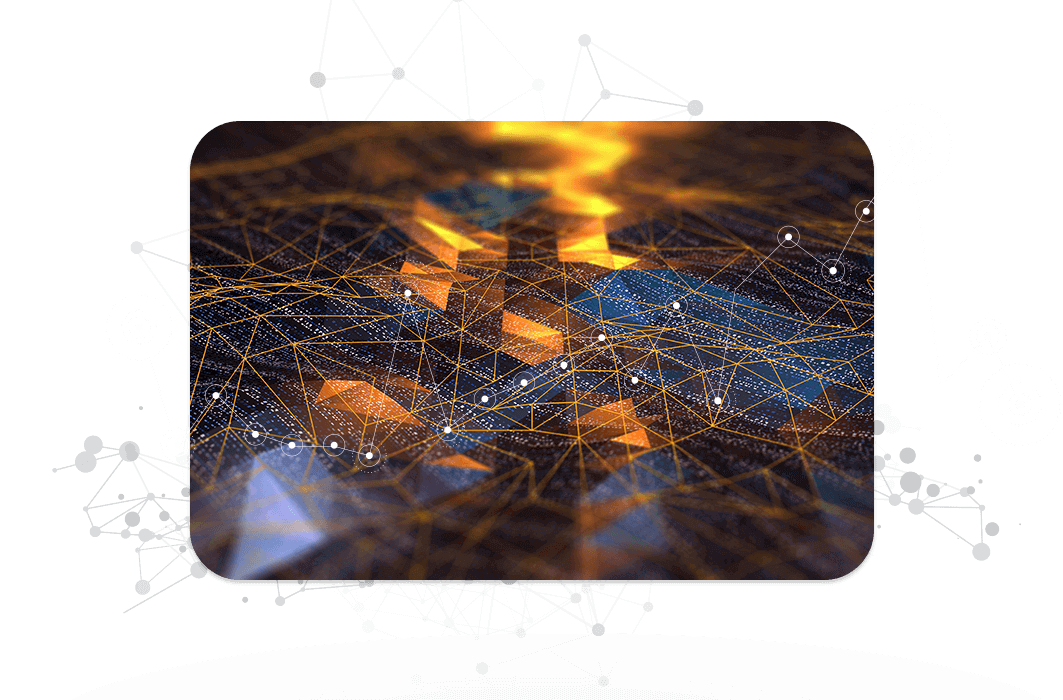What is Data Fabric? A Simple Introduction

Data fabric is an emerging data management concept that weaves multiple data delivery technologies together to craft centrally governed, flexible data pipelines. Modern enterprises leverage data fabric to connect information silos and define how data flows. This enables employees to access context-rich data when and where they need it — for any blend of on-premises, cloud, or edge systems.
Data fabric allows you to restore control over an untidy data landscape, gaining valuable insights and creating new opportunities in the process.
Data fabric aims to unite data access and make your tech stack more manageable. A correctly assembled data fabric shortens the time taken to access, ingest, integrate, share, and act on data.
Why is Data Fabric Gaining Attention?
In an increasingly data-driven market, data fabric can support many enterprises facing roadblocks to their data. Forrester notes that enterprise analysts aren’t utilizing 60% to 73% of their organization’s data – simply because they can’t access it. Today’s data silos, data incompatibility, and scarce technical talent are often major culprits.
Data-driven decisions span from business strategy and execution to compliance and security initiatives. When data is delayed or absent, organizations are forced to make vital decisions based on flawed or missing information. Gaps between data and consumers leave room for wasted resources, misanalysis, and missed opportunities.
Enterprises’ difficult transitions to pandemic-era digital work highlight cloud technologies as the wave of the future. Legacy on-premises platforms complicate these modernization efforts, as they are often so entrenched in business operations that transitioning entirely to the cloud is often impossible for many organizations. Fortunately, new technologies are emerging to help rethink digital workflows — connecting existing and new solutions for automated, real-time intelligence in the cloud and on-prem.
Data fabric finds hidden opportunities by making your complex digital landscape more compatible and flexible. Leveraging this modern concept, legacy solutions can work alongside modern resources in the cloud. More efficient use of data will allow you to adopt new technologies and transform your business with minimal disruptions.
How Data Fabric Connects and Automates Your Data Ecosystem
To support your teams’ mission to access and work with their data, your data architecture needs to deliver across:
- Locations,
- Data formats, and
- Means of access.
Data fabric connects and translates your data from its sources to make it browsable for user consumption. An effective data fabric also ensures that data is governable and secure across your organization.
Data fabric operates in a multi-phase flow to deliver this context-rich data.
Connect and Collect
Acquiring data requires you to pull from all your applications and data sources into a collective repository or data storage solution.
Data fabric weaves together data from siloed sources and bridges information to make data management more streamlined. For instance, your SaaS applications can talk to your data transformation tools to pass context-rich info to your database or warehouse.
To speak across these language barriers, data fabric translates and replicates data via your combination of batching (i.e. ELT and ETL), data streaming, and Change Data Capture (CDC). Under a well-implemented data fabric, you gain a real-time log to automatically keep master and reference data updated.
Access and Act
Accessing data involves browsing reference versions of master data downstream for analysis, reporting, and operations. A browsing directory, or data catalog, allows users to tap the information they need without disturbing source applications and tools. Active metadata plays a major role in maintaining governance and security policies around sensitive information.
As a refresher, metadata reveals data’s history, attributes, relationships to other data, and other relevant details. Active metadata delivers context with the data to simplify and support user browsing.
Simplify and Democratize
Managing data in a clean, streamlined mindset is ultimately a core goal of data fabric. The concept encourages your enterprise to implement adaptive, non-technical data bridges to unite teams.
With limited IT and business analyst talent pools to reconcile these challenges, no/low-code interfaces allow non-technical staff to independently connect, access, and make informed decisions on cross-departmental data.
Can Data Fabric Work with Other Architecture Components?
As an emerging idea, data fabric suggests enterprises blend a few related technology components and concepts to address the challenges of digital work.
Despite some vendors pushing for one method of connectivity to solve all of your data management needs, it might not be a one-stop-shop. A modern data ecosystem is constantly evolving, and your data connectivity solutions need to evolve with it. You need to consider different methodologies for connecting, integrating, and automating your data – including real-time connectivity, universal data hubs, and data mesh.
When you consider comparing data fabric against data mesh and other services, think through the benefits of combining methodologies, rather than choosing between them.
CData Helps Weave Your Data Fabric
If you’re looking to automate your data management tasks and integrate your cross-platform data, CData’s solutions can help you get closer to your goals.
CData Sync offers you the well-known ETL/ELT data replication capabilities often associated with data fabric concepts. Easily consolidate your data for easier access, streamlined workflows, and holistic reporting.
But CData doesn’t stop there.
CData Drivers offers the largest library of real-time data connectors on the market today, giving you access to over 250 data sources so you can easily work with your live data in your preferred platform. Need consolidated access to real-time data without complex data pipelines and storage fees? CData Connect Cloud is a universal cloud data hub that puts all your data at your fingertips – no code required.
Don’t limit your data strategy to one method of connectivity. Begin threading your fabric using the breadth and depth of CData connectivity solutions.
To explore how CData can provide answers to your data modernization strategy, feel free to reach out to us today.





